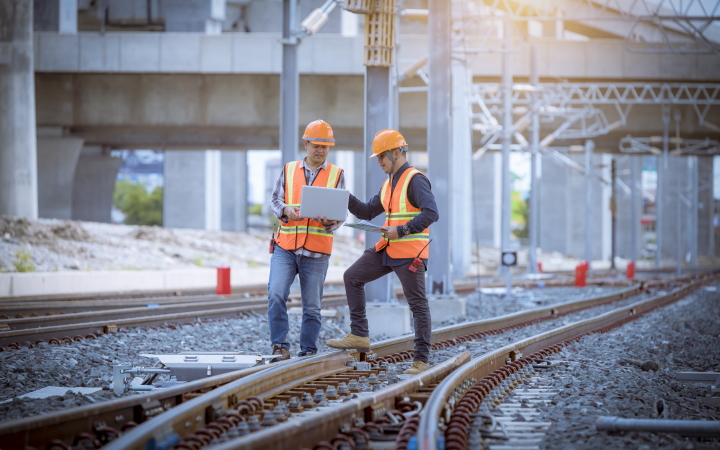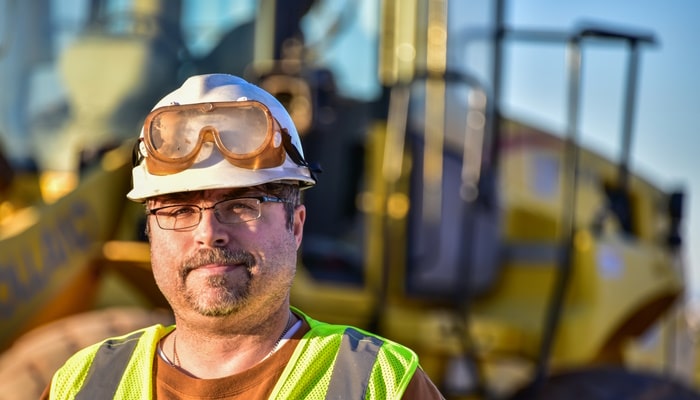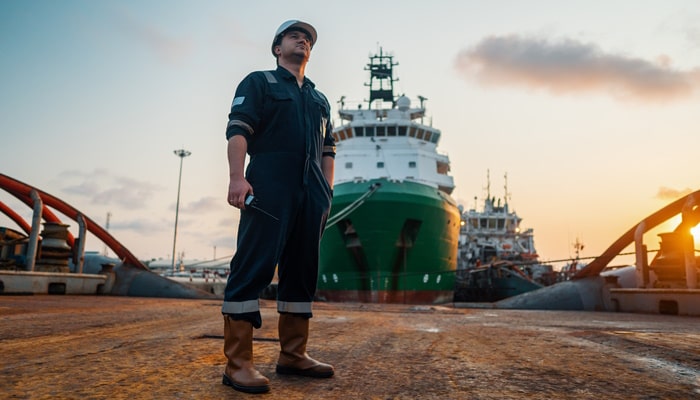
Bridging the Railroad Gap in Insurance
How to stay on “track” when Railroad exposures happen in contracts or agreements.
To some in the insurance industry the word railroad can be synonymous with doom words like dynamite, asbestos, or silica. For those who aren’t regularly seeing railroad-related risks or agreements, it can be confusing as to what is needed and when it applies.
So how can we navigate these challenges when you are working directly with a railroad, or are doing a project around a railroad? The first item to consider focuses on contractual liability, and the question that needs to be answered, “is there a contract, and with whom?”.
A standard misconception is there is no coverage if a you are doing work on or within 50 feet of a railroad. On the contrary, there is no specific ‘railroad exclusion’ in the ISO Commercial General Liability policy (CGL). There is however a contractual liability exclusion, with an exception if the contract qualifies as an “insured contract”, which is defined in the policy. As noted in the definition below, a contract in the CGL in connection with construction or demolition operations on within 50 feet of a railroad does not qualify as an ‘insured contract’.
"Insured contract" means: Any easement or license agreement, except in connection with construction or demolition operations on or within 50 feet of a railroad.
The good news is that if you have not signed any contract with a railroad, municipality, or anyone else, no special railroad endorsement or policy is needed (unless the railroad requests it regardless). However, if you have signed a contract, it is necessary to find out the obligations to the railroad. There could be a requirement to provide a separate Railroad Protective Liability policy (RRPL), name the railroad as an additional insured, or in some cases both. A key feature that is often missed is that even if RRPL is purchased (and in almost all cases this coverage will be primary), it still doesn’t mean that the CGL policy shouldn’t be endorsed. In most cases agreements that are presently being put forward will require both RRPL and the necessary endorsements to all other policies.
So, where should your agent start with endorsing the policy to comply?
First, there are two ISO endorsements that amend the railroad exception problem of an ‘insured contract’ – Contractual Liability – Railroads (CG 24 17), and Limited Contractual Liability – Railroads (CG 24 27). When discussing with your insurance broker, go over both and see if Contractual Liability-Railroads (CG 24 17) will be a good fit as that endorsement will be the best to use if possible.
CG 24 17 amends the definition of ‘insured contract’ in that any easement or license agreement is now included. The endorsement removes the wording “except in connection with construction or demolition operations of work within 50 feet of a railroad,” thus qualifying railroad easement and license agreements as an ‘insured contract’.
When discussing this with your insurance broker, there are some Important notes to make sure they follow for the schedule for CG 24 17:
- Scheduled Railroad: It is important to have the correct name of the railroad (and/or subsidiary railroad).
- Designated Job Site: The broader the better, and here are the preferred verbiages:
- The best wording is “any and all projects”, but If the underwriter insists on listing a specific location, keep this as broad as possible.
- The next best alternative is “work performed in the assigned state” where the customer is working for the railroad.
- As a last option, referencing the master service agreement or the project number would suffice.
As you continue to have discussions around your coverages, make sure you are asking these questions to ensure that your insurance broker is getting the best possible coverage for you and/or your company.
- Does my CGL policy include a broad automatic additional insured endorsement?
- If not, make sure that is specifically added by additional insured endorsements. Not all endorsements are created equal so diligence is a must with this aspect.
- Is there indemnification and hold harmless language that is broader than the coverage provided under the CGL?
- Even though a railroad-related agreement could just require the General Liability endorsement in their insurance provisions, typically there is indemnification and hold harmless language that is broader than the coverage provided under the CGL.
- Does my auto policy need endorsements to be updated to reflect activity that may happen near the railroad?
- For example, loading and unloading, which is an auto exposure, is not unusual at a railroad site. Also, with the emergence of hi-rail attachments for trucks, and the possibility of a vehicle going near the tracks, this can be an easy oversight.
- Will I also need umbrella coverage on my policy to account for any coverage gaps regarding the high amounts that are required with railroads?
- Given that railroads typically require higher limits than what can be provided under the CGL and Business Auto policies, it is more than likely Umbrella coverage will be needed with the proper endorsement attached.
While the information covered may not make you a railroad expert, it will hopefully put you on the right “track” to making sure you and your company are properly covered. If your current broker doesn’t know the answers to these questions, it is time to rethink to whom you are trusting your business. Contact the AssuredPartners Construction team to discuss the challenges you are facing. We can offer detailed solutions for your specific situation to avoid coverage gaps while being conscientious to your bottom line.

Related articles

April is an important month for the construction industry, as it champions National Safe Digging Month and National Work Zone Awareness Week. These initiatives are not just about safety; they are...

The Longshore and Harbor Workers' Compensation Act (LHWCA) is an important federal law designed to provide benefits to employees engaged in maritime work or occupations, covering those who work...

Surety bonds play a crucial role in the construction industry, providing financial protection and ensuring project completion. Two common types of surety bonds used in construction projects are bid...